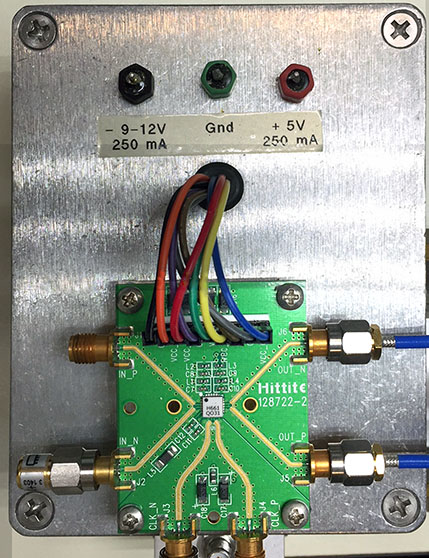The sequence of events was as follows:
-Take power connector from the table, proceed to plug in
-Before connector is mated, BOOM.jpg
-I instinctively disconnect the wire and back off, my colleague backs off too.
-I go check the supply to turn it off, realize it is already off
-Without touching anything, we take picutres of everything
-Pictures show that the channel enable LED was off, and current meter shows set current (50mA) instead of 0, which is what it would show if the channel was ON
That's why I say we're pretty sure it was off. In any case, this was destined to happen. One time we would actually forget to turn the supply off or something like that and it would have blown off anyway.
You could easily forget that you first disabled PSU before disconnecting the wire as a first measure. It's really hard to remember accurately when something like this happens. The only way to be sure would be only if you were taking video during the incident.
LOL you make me doubt now XD. The workbench we use has a table covered in antistatic mat, a zone for some instruments, a shelf for more instruments and an upper shelf where we tend to place boxes and the like. We intentionally placed the power supply in the upper shelf in a corner, to keep it as far off reach as possible to avoid accidentally touching the dials or something. I'm pretty sure I didn't have time to reach the supply before noticing it was off. My colleague says he remembers me stretching my hand to reach the supply, stopping in mid air pointing at the damn thing and saying "it's off... it's f*ing off" (not with those exact words, I curse in Spanish).
Now you'll ask how long the power supply wire is. Well, close to 1 meter. It's provided with the evaluation kit, the manufacturer says you should use it. Recommends remote sense PSU to compensate for losses in wire. We should've cut it, I know. But we decided to act as per the provided instructions.
You could easily forget that you first disabled PSU before disconnecting the wire as a first measure. It's really hard to remember accurately when something like this happens. The only way to be sure would be only if you were taking video during the incident.
That seems like quite a stretch. If something blows up just as you're plugging it in, your attention isn't going to wander back to the power supply button. You're going to yank the connector out.
This is how I deal with $1000 eval boards with goofy power requirements and no supply conditioning:

The box just contains a couple of 3-terminal regulators. Nothing fancy, but they can save the chip from most mistakes made by the board designer, the PSU, or me. 
We quite often work with GaAs MMIC's that require several power rails (some even 7 or more), both positive and negative, to be sequenced while controlling voltage and current, or else they blow. We ended up designing our own scriptable "voltage sequencing board" to avoid goofing up and blowing these devices. It contains several digitally adjustable regulators and load switches, all of them with current and voltage metering and a mircrocontroller to control the thing, and also some protection. You just load the on/off/desired working point script and press the ON button. It's been already amortized several times so far.